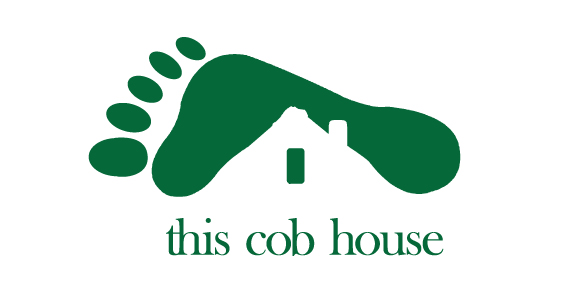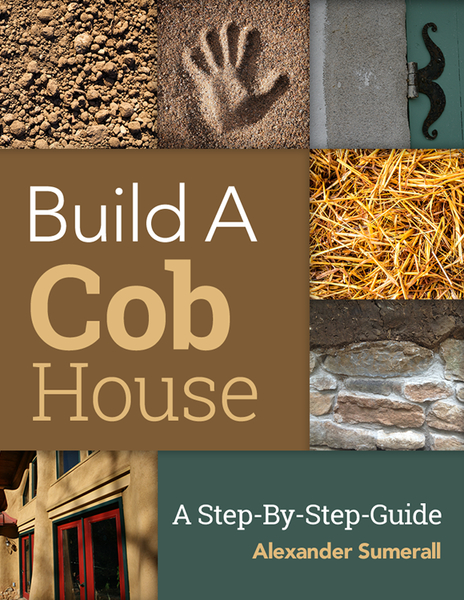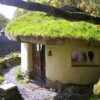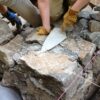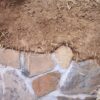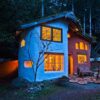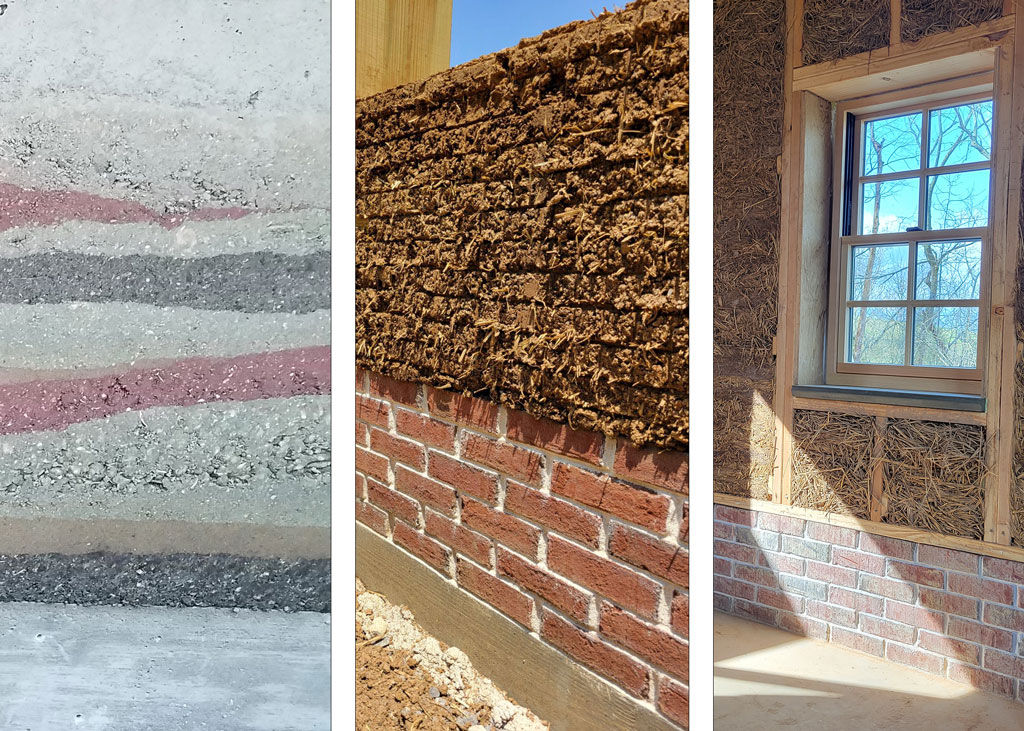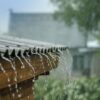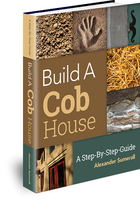I’m going talk to you about mold with cob buildings and earthen buildings. As I’m writing this, I’m here in Costa Rica and one thing I notice about structures here is they do have a lot of mold issues. It’s very humid and very wet. Here most of the buildings are built out of wood a lot of people actually build their buildings out of metal because the mold is a problem here. But I want to address the issue of mold with cob homes and earthen buildings because there is a misconception with this topic. Also people have a big worry that there’s going to be mold issues with cob if you’re in any kind of a wet environment and from my research and experience this is not the case.
For example, in Devon England there are cob homes that are hundreds of years old. It’s a very wet rainy climate there and these cob buildings have done great. Another example is I’ve been doing a lot of cob building in northern Florida. It’s a very wet climate and you get a lot of rain, especially in the summers. It rains almost every day and as we’ve been building this cob building we’ve left it exposed throughout many many rains. It’s had a lot of water on it and there’s no mold growing on it. There are no mold issues with it at all. So essentially, as long as the cob gets a chance to air out and dry out there’s no real chance for that mold to grow on it.
So if we compare and we look at conventional construction now. Conventional construction in the United States and most of the West Western countries is wood and we all know that these wood conventional homes and buildings are really meant only to last about one generation these days. For a lot of reasons the wood just doesn’t last long unless it’s really taken care of so you know we look in our conventional homes and they have all kinds of mold problems not only from the wood but from the drywall. There’s all kinds of issues with that but when we look at cob and earth materials what’s special about them is they are vapor permeable so water can get into them, but then it naturally releases from the walls so even if your walls get wet they’re going to have a chance to naturally air out and dry out and there’s no chance for that mold to survive.
So it’s a misconception that cob and earthen materials are more susceptible to mold. I really don’t find this to be the case. Subscribe to my free email newsletter below if you want more updates like this and more information on cob buildings, earthen buildings, and how to construct your own cob home.
